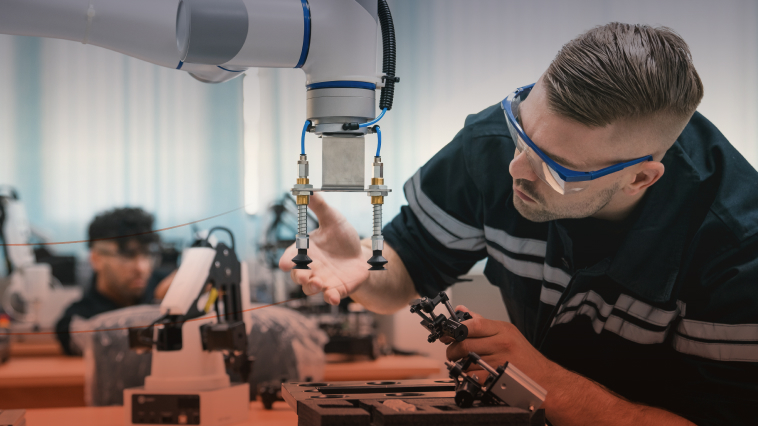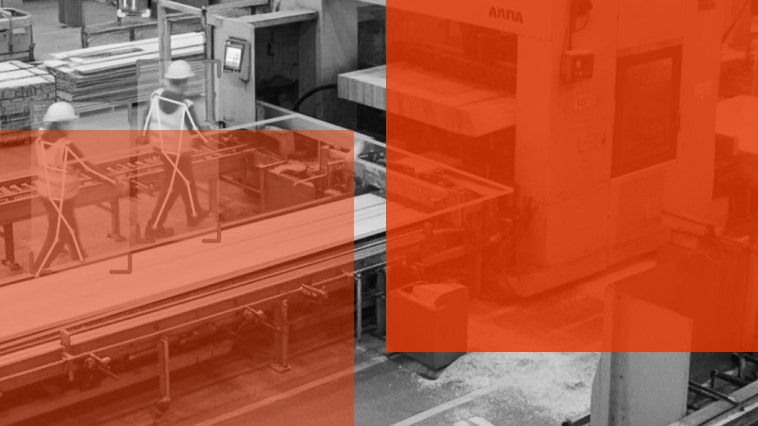If you’re responsible for keeping workers safe across plants, warehouses, or supplier sites, you know this: safety doesn’t stop at your facility’s gate anymore.
For a long time, occupational health and safety programs were evaluated by how well a single site performed. But that game has changed. Now, EHS leaders are expected to look beyond their walls—to supply chain partners, third-party warehouses, raw material suppliers, and anyone contributing to your business operations.
We’ve interviewed safety leaders across textile, automotive, FMCG, and pharmaceutical industries, and there’s a clear trend: the majority list packaging, warehousing, and logistics as their top EHS concerns.
Where global supply chain safety risks stack up
The expansion of global manufacturing has brought greater complexity—and greater risk.
Safety doesn’t just live at the production line anymore. As safety operations scale globally and outsourcing grows, so do the risk factors. Whether you’re dealing with a supply chain disruption, onboarding new vendors, or adjusting production schedules, workplace injuries can spike if you’re not ready.
Here’s what’s driving up risk in today’s global supply chains:
• Loss of control and visibility – Outsourcing across geographies and relying on third parties creates blind spots in supply chain operations. You can’t fix what you can’t see.
• Underreporting is common – Self-reported incidents often miss the mark, and without hard data, risk mitigation becomes guesswork.
• Contingent workforces – High turnover and inconsistent training increase the likelihood of incidents, especially in high-hazard roles.
• High-risk tasks – From forklift use to working at height, these core operations don’t go away—they need proactive strategies.
• Dynamic conditions – Schedule changes, supplier issues, and raw material delays all increase pressure on frontline teams and reduce the margin for error.
Key stats from warehousing:
- In the US, the number of warehouse employees has doubled in the last decade, while the number of warehouses has increased by only 20% between 2013 and 2018.
- Warehouse workplace fatalities reached a 12-year high in 2020, with 213,100 warehouse-related injuries and 8,300 warehouse-related illnesses reported.
- In 2019, the warehouse sector in the US recorded the second-highest number of fatal work injuries across industries. Similarly, the transportation and storage industry in the UK ranked fourth in terms of fatal injuries in 2022.
Top 4 warehouse hazards impacting supply chain resilience
If your inventory management depends on safe and timely warehouse ops, you can’t afford these blind spots. These are the top hazards where EHS leaders say they need better tools—and more real-time insight.
1. Slips, trips, and falls
Dynamic workspaces mean hazards pile up quickly—stray pallets, cables, or packaging waste can lead to serious falls. These account for 15% of accidental deaths and 95 million lost workdays per year.
2. Forklift and crushing incidents
Crush injuries are still far too common. Forklifts play a huge role in supply chain operations, but poor training, pedestrian interactions, and tipping risks make them one of the top threats on the floor.
3. Overexertion injuries
Manual lifting is still a core part of warehousing—even with automation on the rise. These injuries remain one of the most common and costly across industries.
4. Falls from height
Improper tool use—like climbing racks or using the wrong gear—is a persistent problem. And in fast-paced environments, shortcuts can turn into serious injuries.
Using AI to strengthen supply chain risk management
Whether you’re working to prevent workplace injuries at your own site or improving safety across third-party vendors, predictive analytics powered by AI can help you get ahead of potential risks.
At Intenseye, we work directly with safety teams to bring real-time visibility into their supply chain operations—from the factory floor to the furthest distribution hub.
Here’s how we help EHS and Ops leaders improve supply chain risk management:
• Spot issues early – AI computer vision scans for unsafe behaviors, missing PPE, or blocked exits in real-time.
• Bridge the gaps – Improve supply chain resilience by seeing what’s happening at third-party sites and contract facilities across regions.
• Enable smarter decisions – By analyzing video, NLP, and historical trends, our platform helps safety leaders develop long-term mitigation strategies.
• Support vendors – Better data allows you to collaborate with suppliers, build accountability, and align on safety standards.
• Tackle internal supply chain risks – From environmental risks to ergonomic issues, our tools help surface high-risk patterns and reduce reliance on lagging indicators.
Bringing precision and visibility to supply chain risk management
Intenseye’s real-time safety management is built for EHS teams who need to act quickly—without waiting on outdated reports or manual safety inspections. With 50+ pre-trained safety rules, the system is ready to plug into real-world operations and start surfacing risks from day one.
Our clients aren’t just using AI to generate dashboards—they’re solving real problems:
• Identifying overlooked safety hazards in contractor-managed warehouses
• Supporting remote teams with real-time insights from facilities across different regions
• Strengthening accountability across supply chain partners by improving the accuracy and speed of reporting
• Tracking leading indicators of workplace injuries instead of relying solely on lagging metrics
From missed PPE on loading docks to unsafe ergonomics at packaging lines, the platform continuously scans for high-risk behaviors and environmental risks, helping safety teams focus their efforts where it matters most.
Handling supply chain risk management with AI
At Intenseye, we address 80% of these top hazards through our pre-trained, off-the-shelf, easy-to-deploy EHS use cases with high accuracy rates. Moreover, Intenseye can help you proactively manage these risks, rather than relying on lagging indicators:
• Intenseye will identify unseen hazards, assess their severity and frequency, and enhance communication quality through real-time images, video alerts, analytics, and task management tools
• Intenseye will enhance visibility to third-party sites in other countries or remote workplaces, bridging the gap between the shop floor and corporate offices, and empowering key decision-makers with real-time data. The contractor management process will be supported by comprehensive analytics.
• Intenseye helps reduce biases in reporting and encourages top vendors to be more transparent about their concerns. This fosters better data quality and risk management.
• Intenseye enables organizations to design better interventions tailored to the local context, particularly for Emerging Market (EM) suppliers. This improves workforce conditions in alignment with the UN’s Sustainable Development Goals (notably, SDG 8) while creating long-lasting social impact.
Our experienced team will assist you in getting started as quickly as possible and ensure you leverage the right safety scenarios for your pain points. Book a demo with us and learn how Intenseye can help you achieve your safety goals.



